BLOGS
Exploring the Beauty of Tuscan Architecture
Tuscan-style interior design is best described as cozy, earthy, rustic, and welcoming. Tuscan décor has close ties to nature, cooking, wine, and Old World artisan craftsmanship. It draws inspiration from Italian villas and vineyards as well as from the rolling hills of the Mediterranean landscape. Interiors with an allure that is hard to refuse are made using earth tone colors, rough natural pieces, and artistically produced accents.
What is Tuscan Architecture
Tuscan-style architecture gives today’s dwellings an appearance of being from the Old World Europe and is typically built with limestone, travertine, or marble and terracotta roof tiles. The ability of Tuscan-style dwellings to easily merge into their natural settings is a significant characteristic.
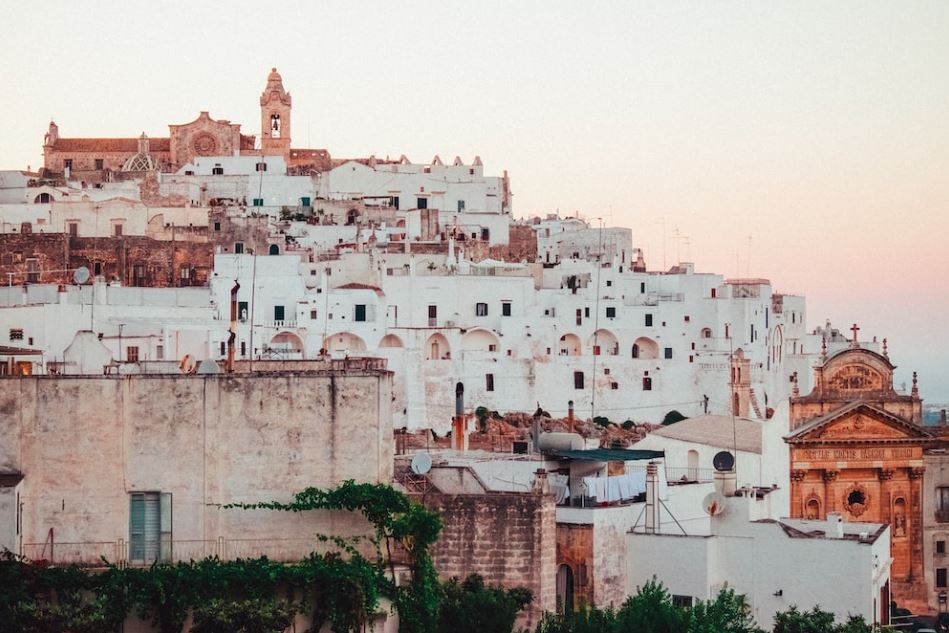
The Tuscany region of Italy, which is well-known for its agricultural contributions and stunning, romantic landscapes, was home to this style long before it spread to North America. Although Tuscan-style homes today still use many of the traditional construction methods and decorative elements, there have been some minor tweaks and adjustments throughout the years.
The History of Tuscan Architecture
Tuscany was inhabited by the Etruscan people, an industrious agricultural society, long before it gained international reputation for its olives, wine, and other agricultural goods. Long before the Romans gained control, the Etruscans governed central Italy, established a thriving civilization, and even created their own unique architectural style and construction methods. The Roman Empire eventually took over the area, but Etruscan design characteristics persisted.
It’s generally accepted that the Tuscan architecture or the Etruscans’ taste in architecture was influenced by Greek architecture, but there is one significant distinction: Greek buildings were made entirely of stone, whereas Etruscan ones were made of wood. Why? The custom was continued in their homes because their temples were built of wood.
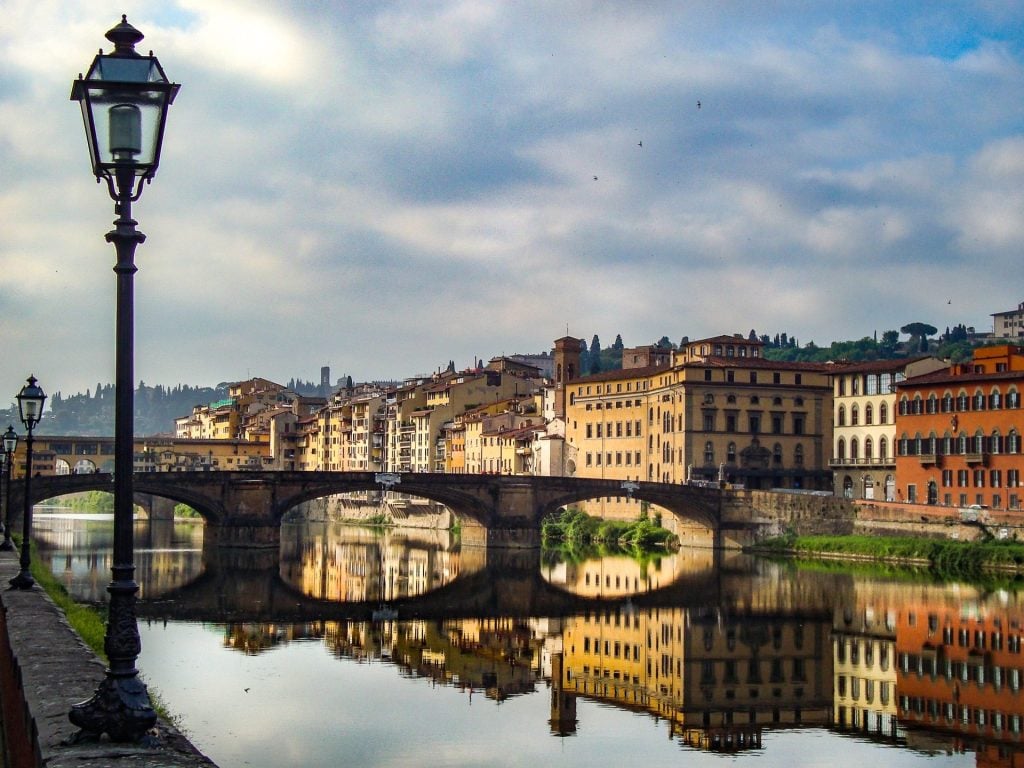
Several architectural styles are influenced by the materials that are available in a particular area, and the Tuscan style is no exception. Stucco walls, terracotta roof and floor tiles, salvaged Tuscan farmhouse wood beams, and facades built of limestone, travertine, or sandstone with marble sculptures and accents were common features of wood-framed homes.
The Etruscans also made a significant contribution to architecture in the form of a traditional column shape, in addition to the beautiful, Tuscan-style homes we see today. Unlike to the highly ornamental Doric, Ionic, and Corinthian columns, which are known as Tuscan columns or the Tuscan Order, these columns have an incredibly straightforward design. Tuscan columns can have circular or square bases, plain capitals, and plain shafts. Moreover, they are frequently wider and spaced farther apart than the other three traditional column forms.The Etruscans also made a significant contribution to architecture in the form of a traditional column shape, in addition to the beautiful, Tuscan-style homes we see today. Unlike to the highly ornamental Doric, Ionic, and Corinthian columns, which are known as Tuscan columns or the Tuscan Order, these columns have an incredibly straightforward design. Tuscan columns can have plain shafts, plain capitals, square or circular bases. Moreover, they are frequently wider and spaced farther apart than the other three traditional column forms.
Characteristics of a Tuscan Architecture
Although some aspects of the Tuscan design have been updated, many of the basic architectural and ornamental components of vintage Tuscan homes are still present in current homes. Some of these essential components are:
Exterior Features
- Thick, stone exterior walls
For the façade of a Tuscan homes feature materials like marble, travertine, sand stone or limestone are frequently utilized to help it blend in with the landscape. Caved marble is frequently used as a decorative accent over doors, arches, walls and windows.
Tuscan design fundamental elements include warm, earthy colors like beige, tan, golden yellow, ochre, terra cotta, or burnt orange on textured walls. An appearance that resembles weathered stone or plaster is the intended result. A remedy is to use textured paint. For a delicate texture on walls, latex paint can be mixed with powder additions.
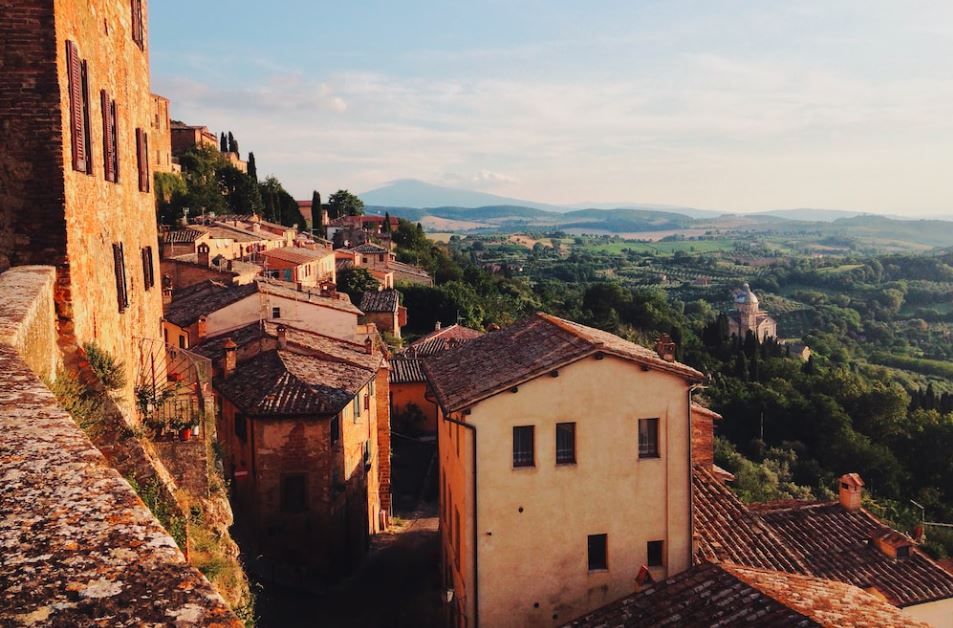
Use a faux texture method by glazing or color washing walls for greater visual depth. A light foundation color for the walls should be used, such as cream, beige, light yellow, or apricot. Then, to provide depth and texture to the walls, a darker glaze color in shades of brown, mustard, golden yellow, or terra cotta is applied with a rag, sea sponge, or paintbrush.
- Terracotta roof and floor tiles
In warmer areas, terracotta is a very common building material that is reasonably simple to make by roasting terracotta clay. Another design feature that links Tuscan-style homes to their surroundings is the use of terracotta roof and floor tiles.
Floors made of stone, terra-cotta tiles, or hand-scraped hardwood can give off a Tuscan vibe. These natural materials complement the prevalent natural features used in this design theme. With click-lock vinyl planks or tiles, you may achieve the appearance of stone or hardwood flooring at a lower cost. Vinyl flooring now looks a great deal more like real wood thanks to significant material advancements.
Air flow was essential due to Tuscany’s warmer temperature. Traditional Tuscan home frequently have patios, porticos, or loggias as outdoor living areas.
- Decorative wrought iron elements
Romantic wrought iron gates and doors are typically found in homes constructed in the Tuscan style. Wall hangings made of wrought iron or other artistic accents can add warmth and character to a garden or outdoor living space.
Interior Features
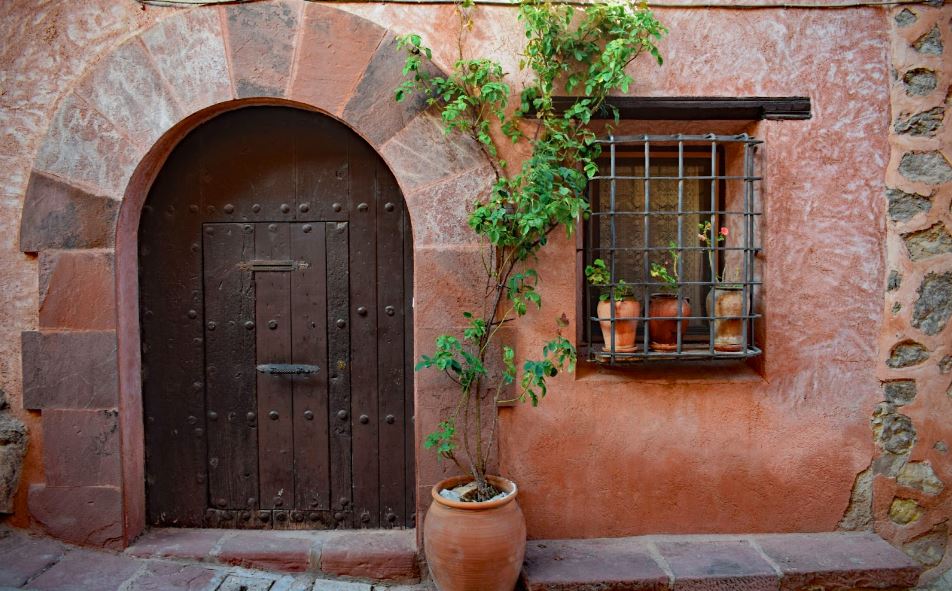
Another often accessible building material is stucco, which is typically formed from natural materials such as water, sand, and lime. Moreover, white stucco walls are the best choice for hot areas since they may trap cold air during the day and release warmth at night. On the inside walls of homes decorated in the Tuscan style, hand-painted details are frequent.
Vaulted or paneled ceilings with exposed beams add warmth, richness, and natural aspects to the interiors of Tuscan homes. Typically, the interior wooden beams came from renovated Tuscan farms or barns.
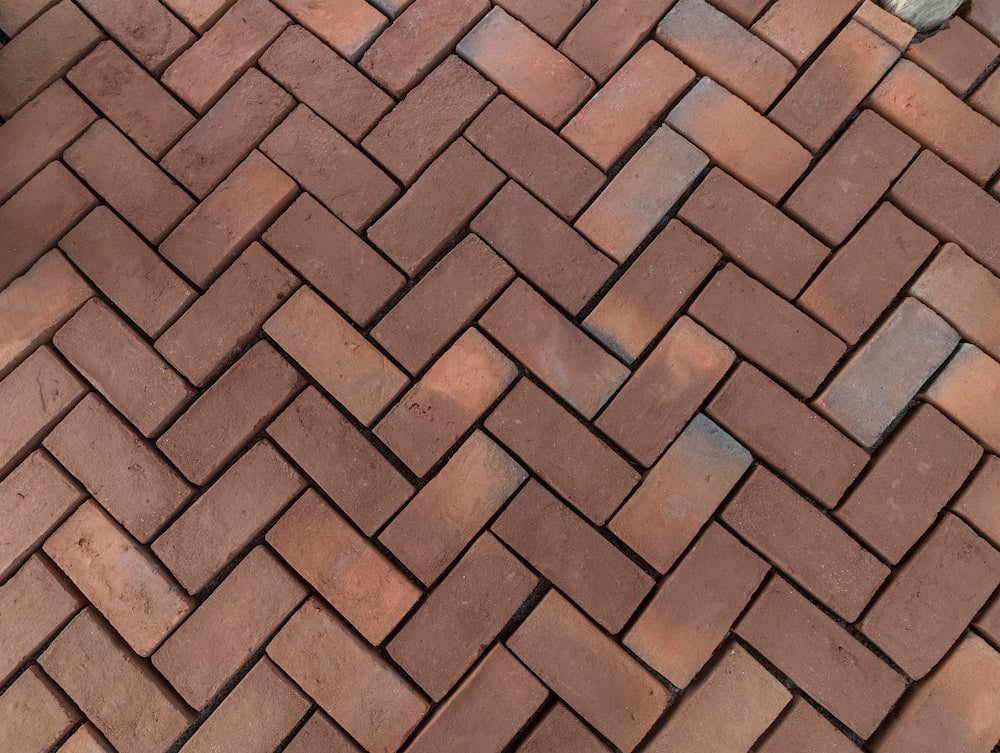
Even though terracotta tiles are often the predominant flooring material in a Tuscan home, glass and stone tiles are frequently used to create mosaic art in the floor. Many modern Tuscan home owners swap out terracotta tiles for hardwood floors to give extra warmth.
There are many examples of Tuscan architecture in the United States today, especially in regions with warmer climates like Florida and California. Tuscan architecture has been a very popular style for centuries.
Tuscan – Inspired Accessories
Add color to the kitchen with vibrant Italian Majolica ceramics. A cooking atmosphere is created with bottles of oil and herbs, hanging baskets of tomatoes, garlic, and onions, and glass jars containing dried pasta. Put a wrought iron wine rack on a counter or island, or suspend copper pots from an iron pot rack above. Accent cabinet tops with artificial plants, woven baskets, ceramics, and an anchor piece of beautiful dish.
Tuscan accents look well in large earthenware urns or vases, olive jars, pedestal bowls, ceramic pitchers, and jugs. Decorate walls with murals or paintings depicting the Tuscan countryside or still lifes with wine and grapes. Rustic elegance is embodied by wrought iron wall sconces, grills, candlesticks, and lighting fixtures. Large floral area rugs in shades of gold, beige, rust, burgundy, olive, ochre, or brown will provide warmth to hardwood, tile, or stone flooring.
Tips on DIY Options
Although distressed finishes and DIY decorative painting are cost-effective solutions, you should practice your technique before applying a decorative finish to walls, cabinets, or furniture. Most paint stores provide sample boards that you can use to practice ragging, sponging, or brushing a color wash.
To practice staining and distressing methods, use scrap wood or a small piece of wood furniture from a thrift store. Prior to beginning to price out decorating and décor supplies, it is crucial to establish your budget. This might assist you in deciding how to begin your Tuscan-themed renovation.

















